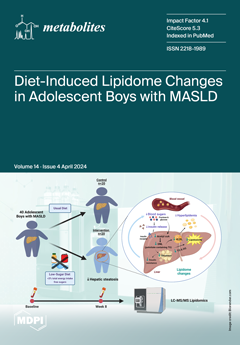Rice (
Oryza sativa L.) is one of the primary sources of energy and nutrients needed by the body, and rice resistant starch (RRS) has been found to have hypoglycemic effects. However, its biological activity and specific mechanisms still need to be further elucidated. In the present study, 52 RRS differential metabolites were obtained from mouse liver, rat serum, canine feces, and human urine, and 246 potential targets were identified through a literature review and database analysis. A total of 151 common targets were identified by intersecting them with the targets of type 2 diabetes mellitus (T2DM). After network pharmacology analysis, 11 core metabolites were identified, including linolenic acid, chenodeoxycholic acid, ursodeoxycholic acid, deoxycholic acid, lithocholic acid, lithocholylglycine, glycoursodeoxycholic acid, phenylalanine, norepinephrine, cholic acid, and L-glutamic acid, and 16 core targets were identified, including MAPK3, MAPK1, EGFR, ESR1, PRKCA, FYN, LCK, DLG4, ITGB1, IL6, PTPN11, RARA, NR3C1, PTPN6, PPARA, and ITGAV. The core pathways included the neuroactive ligand–receptor interaction, cancer, and arachidonic acid metabolism pathways. The molecular docking results showed that bile acids such as glycoursodeoxycholic acid, chenodeoxycholic acid, ursodeoxycholic acid, lithocholic acid, deoxycholic acid, and cholic acid exhibited strong docking effects with EGFR, ITGAV, ITGB1, MAPK3, NR3C1, α-glucosidase, and α-amylase. In vitro hypoglycemic experiments further suggested that bile acids showed significant inhibitory effects on α-glucosidase and α-amylase, with CDCA and UDCA having the most prominent inhibitory effect. In summary, this study reveals a possible hypoglycemic pathway of RRS metabolites and provides new research perspectives to further explore the therapeutic mechanism of bile acids in T2DM.
Full article






